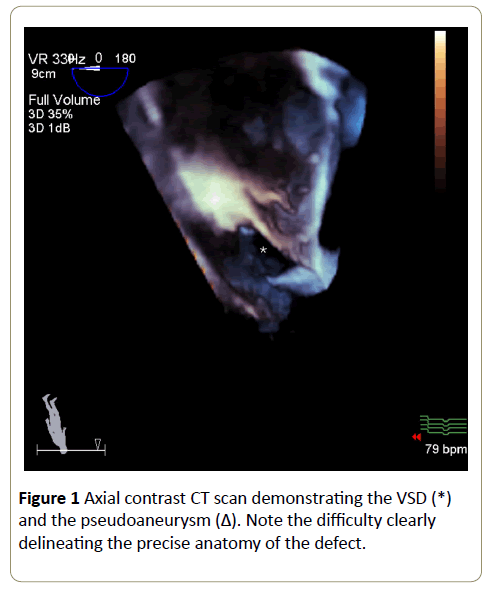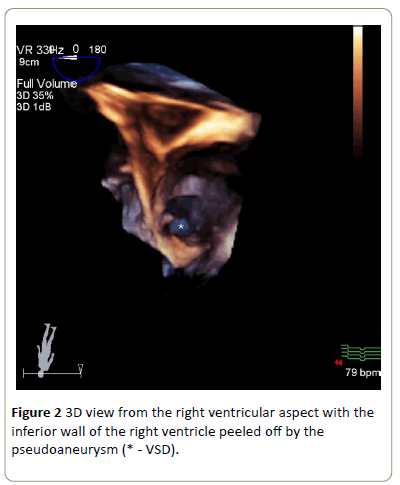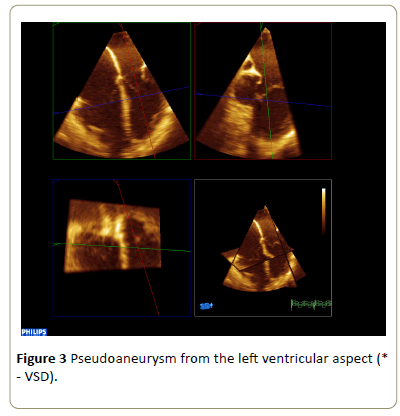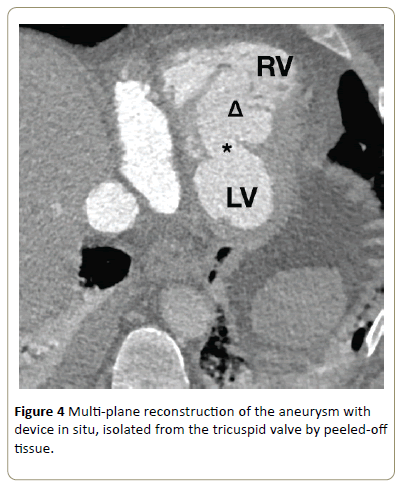Short Communication - (2017) Volume 3, Issue 1
New Mechanisms of Atrial Fibrillation
Gregory James Skinner1, Christopher Duke1,2, and Suhair Omar Shebani1*
1East Midlands congenital heart centre, Glenfield Hospital, Leicester, LE3 9QP, UK
2Department of Congenital Heart Disease, Sheikh Khalifa Medical City, Abu Dhabi, UAE
- *Corresponding Author:
- Suhair O Shebani
East Midlands congenital heart centre
Glenfield Hospital, Leicester
LE3 9QP, UK
Tel: + 0044 300 303 1573
E-mail: suhair.shebani@uhl-tr.nhs.uk
Received date: February 06, 2017; Accepted date: February 12, 2017; Published date: February 14, 2017
Citation: Skinner JG, Duke C, Shebani SO. Usefulness of Four-Dimensional Trans-Oesophageal Echocardiography in Device Closure of An Unusual Post Myocardial Infarction Ventricular Septal Defect. Interv Cardiol J 2017, 3:1. doi:10.21767/2471-8157.100049
Abstract
Atrial fibrillation is the most common arrhythmia in human. It is a cause of mortality and morbidity leading to one of the most important expenditure in the modern world. Especially, it is increasing even further because of prolongation of life due to the advances of medicine. A group from Paris has attempted to demonstrate a link between fat in the epicardium of atrial tissue to the production of fibrosis as a possible mechanism of atrial fibrillation (AF). In their discussion and conclusion, the authors admit that the mechanism of AF is not completely understood. After an excellent review of the CMR techniques available for the identification of fat, fibrosis, and water in the heart, they note a lack of spatial resolution of modern imaging techniques that result in their performing ex vivo CMR on two hearts. However, the modern digital microscope has an optimal resolution which could enable a more precise interpretation of the pathophysiology of AF.
Keywords
4D echocardiography; Transoesophageal
echocardiography; Post infarction ventricular septal
defect; Device closure of ventricular septal defect
Introduction
An 80-year-old gentleman was admitted with an inferior
myocardial infarction complicated by a ventricular septal
defect (VSD), resulting in acute severe congestive heart failure.
Coronary angiography demonstrated occlusion of the right
coronary artery at the crux (Video Supplement 1). A
transthoracic echocardiogram (TTE) and a contrast computed
tomography (CT) scan demonstrated the position of the defect
in the basal inferior septum, although did not clearly delineate
the precise anatomy of the defect (Figure 1). He was
discussed at a multidisciplinary meeting, where he was
deemed too high risk for surgical closure, and was put forward
for transcatheter closure as a salvage procedure. Informed
consent was given, with the high mortality risk understood by
the patient and his family.
Figure 1: Axial contrast CT scan demonstrating the VSD (*) and the pseudoaneurysm (Δ). Note the difficulty clearly delineating the precise anatomy of the defect.
He underwent a transcatheter device closure of the VSD
with four-dimensional (4D) trans-oesophageal echocardiogram
(TOE) guidance (Figures 2 - 4).
Figure 2: 3D view from the right ventricular aspect with the inferior wall of the right ventricle peeled off by the pseudoaneurysm (* - VSD).
Figure 3: Pseudoaneurysm from the left ventricular aspect (*- VSD).
Figure 4: Multi-plane reconstruction of the aneurysm with device in situ, isolated from the tricuspid valve by peeled-off tissue.
The TOE demonstrated the VSD in the inferoseptal area. The
defect was complex, as a pseudoaneurysm had formed from
the left ventricular basal inferior septum into the inferior wall
of the right ventricle. This pseudoaneurysm then opened into
the right ventricle more apically, leaving a flap of the right
ventricular inferior wall between the communicating passage
and the tricuspid valve. The interventional cardiologists were
able to deploy a device (a 24 mm Amplatzer muscular VSD
occluder) within this aneurysmal passage with no danger of it
impinging on the tricuspid valve (Video Supplement 2).
Rapid improvement followed, and at 6 weeks follow up the
patient was once again independent and riding his bicycle. He
remains well and active on follow up, nearly three years after
the procedure. A follow up magnetic resonance imaging (MRI)
scan demonstrated the device in position within the
pseudoaneurysm and significant improvement in cardiac
function (Video Supplement 3).
Due to the complex three-dimensional nature of this defect,
it was extremely difficult to conceptualise the anatomy with
only the standard B mode images nor on angiography. Using
4D TOE volume rendering and multi-plane reformatting (MPR)
live during the case allowed the anatomy of the defect to be
appreciated by both the imaging and interventional teams,
and for guidance for the device closure, which was very
successful in a safe position with no residual shunt. This case
clearly shows the added value of 4D imaging with challenging
structural heart disease.





